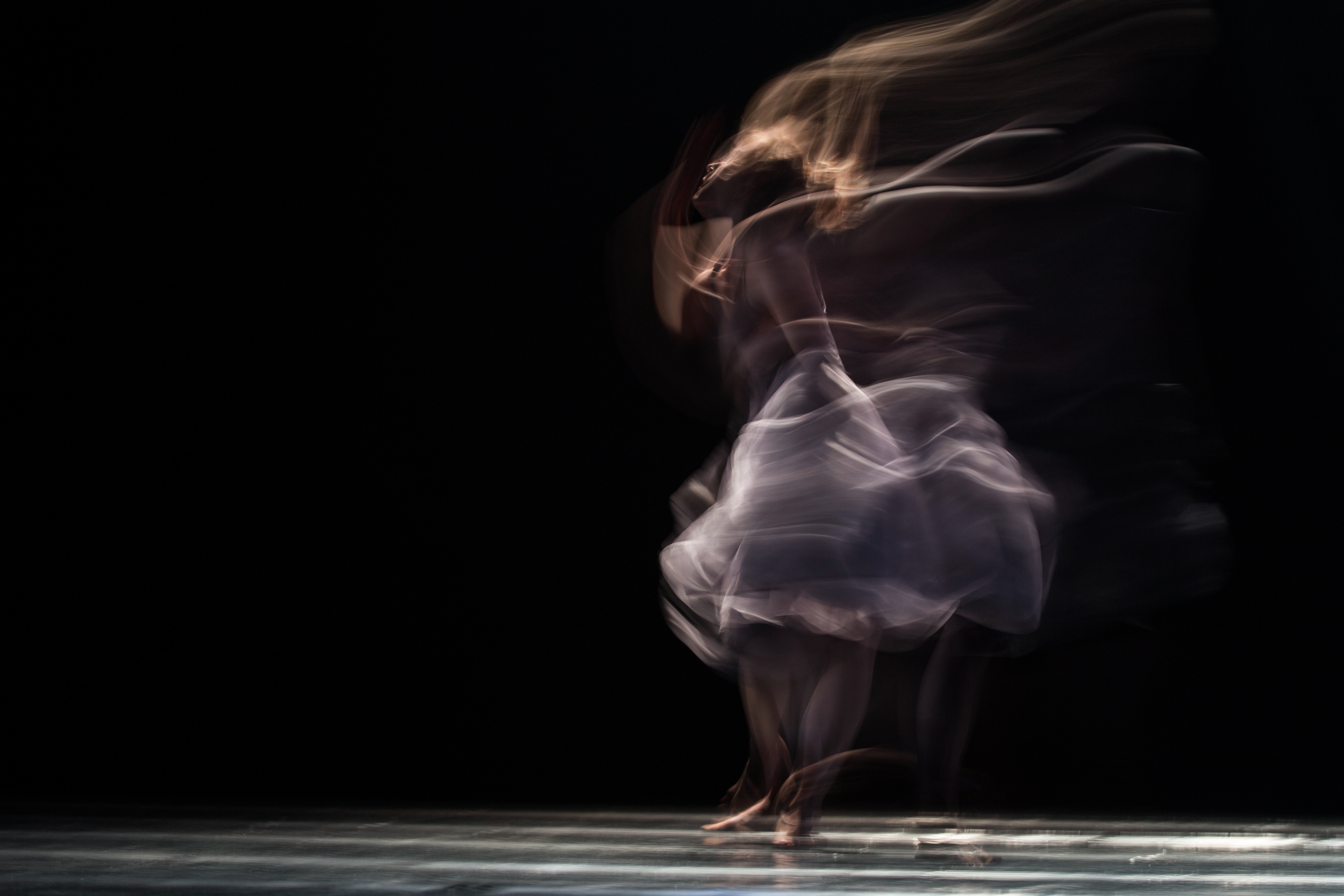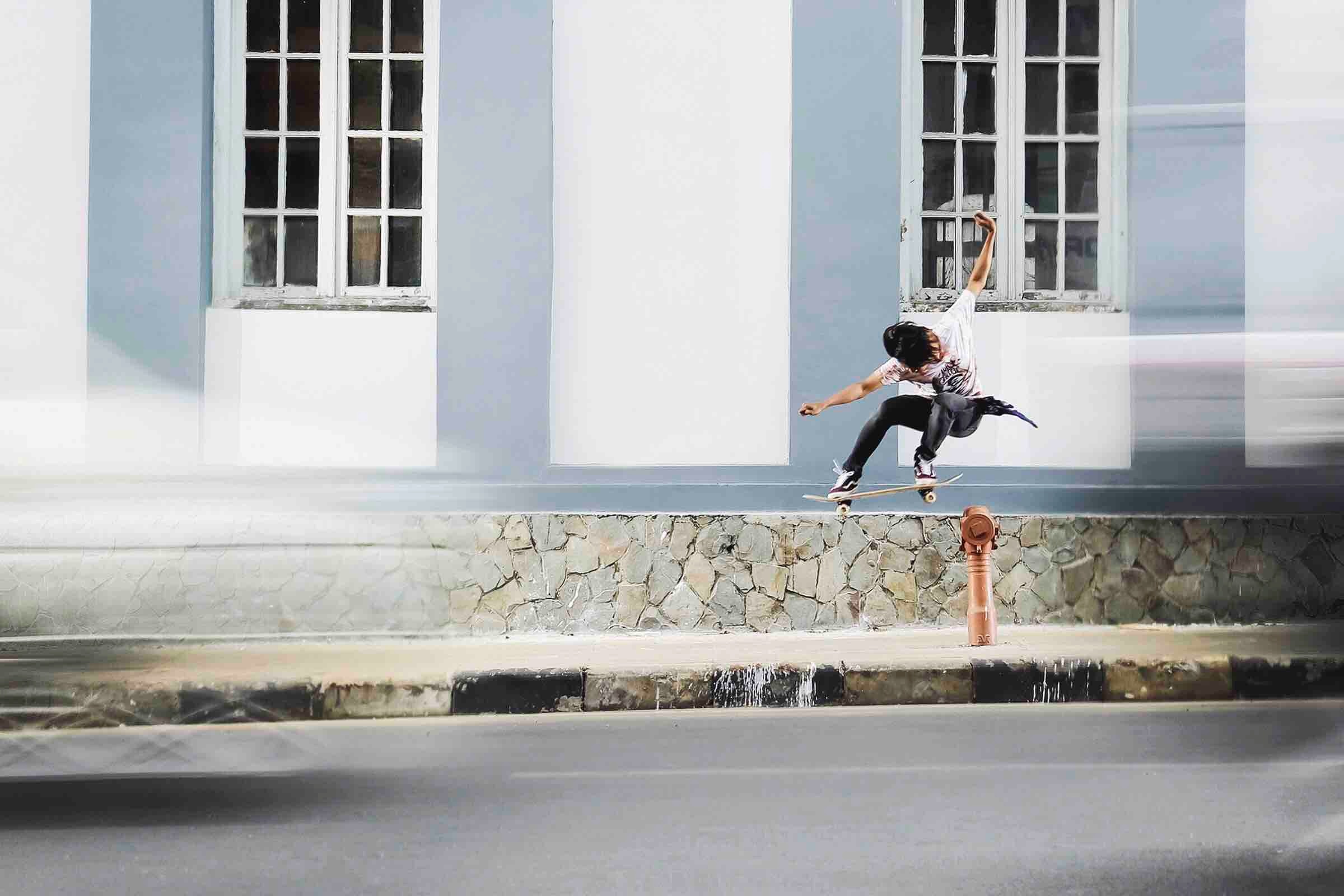Photography has the great benefit of showing us reality in a way our eyes can't, with a static image that we can watch forever if we want to. From freezing extremely fast actions like a drop of milk falling against more milk to silky looking clouds and water thanks slow shutter speeds, photography has enabled photographers to capture action unlike any other medium in the planet.
There are several ways of capturing action with your camera, and today I want to share with you some of the best free guides you'll find to understand how much creative you can get with this complex photography subject.

Mastering Intentional Camera Movement
Have you ever seen images that seem out of this world and you immediately think “that effect has been achieved with Photoshop”? Well, that might be true in some cases, but not in all of them. Thanks to the wonders of light and exposure, there are many things that can be achieved inside the camera rather than using Photoshop.
Movement blur is one of them, or what is called “Intentional Camera Movement” (ICM). In this guide, Leanne Cleaveley shares with us a lot of tips and information related to capturing movement by moving the camera intentionally, but not randomly. This is a technique that has been around for a long time now, but it requires an understanding of exposure and composition in order to capture your desired image.
More and more people are getting interested in the art of ICM, and this guide explains how to achieve it in a comprehensive but easy to digest way.
High-Speed Flash Mode
Let's add some speed with some high-speed flash photography. Have you ever noticed some strange artefacts when shooting fast moving objects with your camera at high speeds (pretty much anything faster than 1/500s) with the aid of flashes? Well, if you have experienced them, then this guide is definitely for you.
Here Robin Nichols shares with us how to use our regular DSLR cameras to freeze images thanks to the aid of electronic flashes. Read this free photography guide in order to understand what high-speed flash mode is and why it is so important to understand in photography.

How to Effectively Convey Motion
Last but not least, capturing motion by freezing it. The great trick about this sort of photography is to freeze the subject you want to capture and still have the feeling within the image that they are moving. In this generous guide, Karlo de Leon shares with us pretty much everything you need to know if you want to Convey Motion instead of simply freezing it.
This is the guide you need to read if you want to capture sports, cars, bikes and pretty much anything that moves fast in the most striking of ways.
From extremely fast photography to long exposures, everything related to capturing motion is a result of careful and good light exposure. Feel free to browse more free guides like the ones mentioned above at Photzy.






